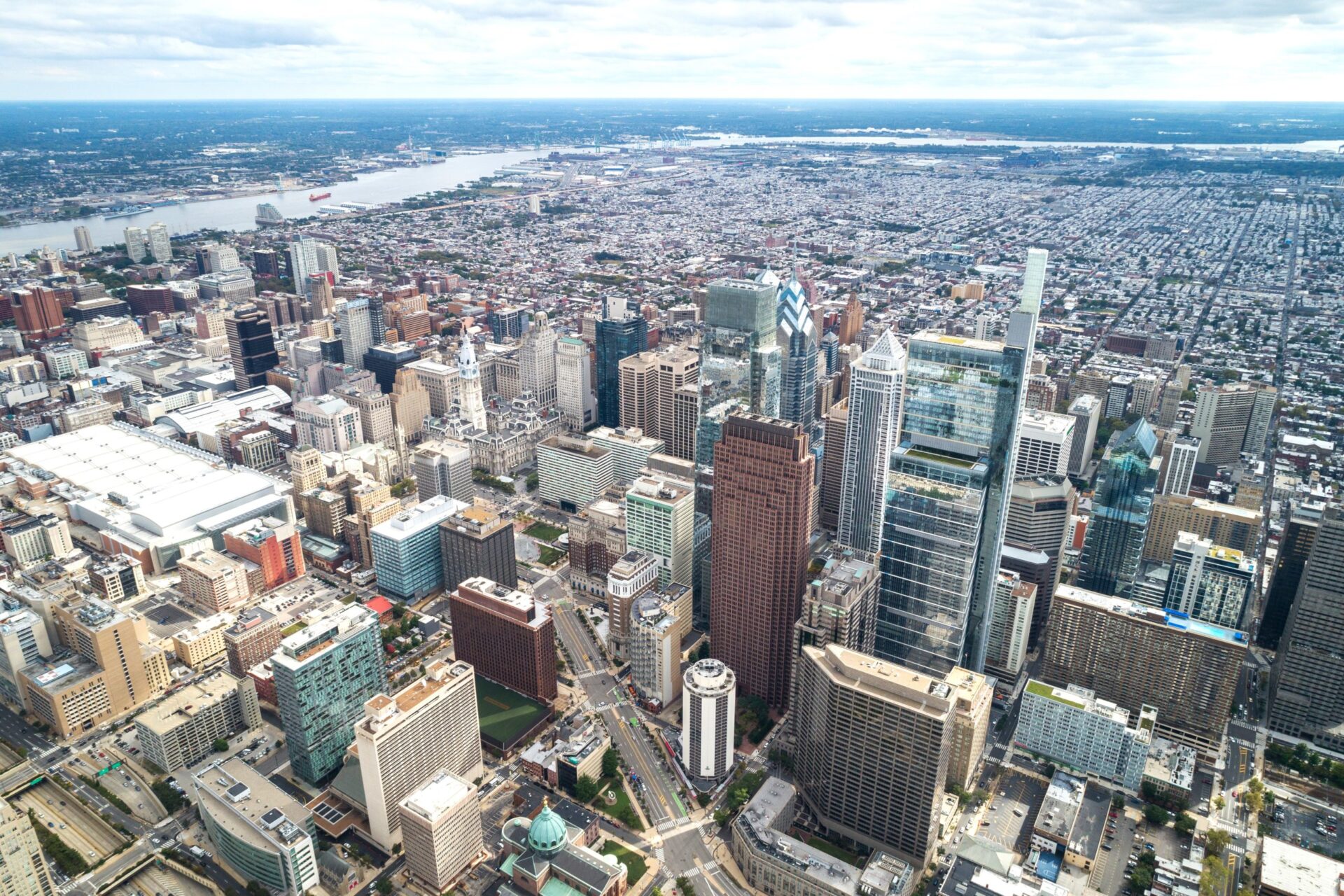By ERIN FLYNN JAY
The city of Philadelphia, like many other communities in the country, is caught in a balancing act. High rents and a lack of affordable housing are a problem, but at the same time, building reduces much-needed green spaces for residents.
What are city leaders doing to tackle these issues?
Vern Anastasio, Esq. with Anastasio Law, LLC who runs Philly Zoning, online resources for property owners and investors, said two city council districts now have affordable housing mandates through zoning overlays for any new multi-family building with 10 or more units.
“What we are seeing, however, in at least one of those districts, is a sharp decline in permits being applied for that would qualify for this affordable mandate,” Anastasio said. “That said, at least it’s something.”
Anastasio said affordability in housing won’t come until there is a city-wide policy that is universal, predictable, and not subject to political prerogatives.
“And – at least up until now – no one in city government has the political courage to do this,” he said. “Someone on a bus driver’s salary should be able to move his family to Bella Vista. A young school teacher should be able to raise her child in Society Hill. A hospitality worker should be able to raise a family in Spruce Hill or Chestnut Hill. And until these principles are applied city-wide, we’re missing the mark.”
Anastasio said a city-wide policy on green open space should come from the planning commission.
“Every neighborhood needs lungs. Be it a trail, a recreation center, a pocket park, or even just a robust tree canopy. We lack a unified vision with attainable goals as it relates to greening each neighborhood,” Anastasio said.
Gary Mintz, a realtor with Berkshire Hathaway HomeServices Fox & Roach, said the city and its leaders are doing a fairly decent amount to deal with the affordable housing crisis.
Although rents have been increasing, Mintz said Philadelphia is still significantly more affordable and a good deal cheaper than most East Coast cities, including but not limited to New York (Philadelphia is seeing a lot of transplanted New Yorkers), Boston, and Washington, DC.
Mintz said Philadelphia has a fairly large number of subsidized housing units throughout the city and there are laws that are favorable to tenants.
“They recently approved legislation to continue the affordable housing for people with lower incomes. However, it is not easy to get on the list, and can take a number of years before a person is considered for the affordable housing that is available,” he said.
As far as green spaces go, Mintz said there are a number in the city.
“Fairmount Park is fantastic and is from my understanding a good deal larger than Central Park and is the largest ‘urban park’ in the world. Although it has taken many years, Penn’s Landing is finally becoming a destination and is improving every year,” Mintz said.
The city has enacted legislation including a requirement that any new construction has a minimum number of feet for outdoor space.
Councilmember Kendra Brooks said community gardens are prevalent and popular.
“In Philadelphia, some of our most precious green spaces, especially in Black and Latinx neighborhoods, are community gardens – vacant lots that have been reclaimed and transformed by community members to provide fresh food, safe space for children to play, and a vital connection to nature’s benefits for the whole neighborhood,” said Brooks. “Many of these gardens were encumbered by U.S. bank liens and at risk of being sold at sheriff sale.”
Brooks led an initiative to reacquire the liens on almost 100 of these parcels. Now protected, these gardens mitigate blight and food insecurity and have been shown to increase safety and raise property values in some of Philadelphia’s lowest-income neighborhoods.
Brooks has also explored rent stabilization in Philadelphia, championed legislation to prohibit discrimination in renter applications, and supported fair access to housing by creating uniform screening criteria.
As a Councilmember At-Large, Brooks does not have direct authority over zoning in the city, but she supports initiatives like Councilmember Jamie Gauthier’s Affordable Housing Preservation Overlay.
Matthew G. Braden, CEO of the Greater Philadelphia Association of Realtors, noted housing affordability is a national crisis.
There’s simply not enough housing to meet the demand. Building supply challenges, labor shortages, and permitting process delays have inflated construction costs.
Braden noted other challenges including overly restrictive zoning regulations which pose additional hurdles to housing development.
“To address housing affordability, we must add more supply,” said Braden. “To increase supply, we must create an environment that incentivizes and encourages smart growth development, adaptive reuse, and redevelopment of underutilized properties.”
Philadelphia is one of the metro areas in the country where homeownership is more affordable than renting.
Homeownership generally provides more predictability and control over housing costs while building equity.
According to Redfin, the median sale price of a home in Philadelphia was down 5.9% year-over-year in June to $270,000. Homes in Philadelphia receive three offers on average and sell in about 40 days, according to the company.
The Philly First Home program offers a grant of up to $10,000 (or 6% of the purchase price, whichever is less) to help first-time home buyers purchase a single-family home or duplex in Philadelphia.
This grant, said Braden, when coupled with other existing first-time homebuyer assistance programs available through various lenders, can save buyers thousands on the purchase of a home.
Read More Articles:
In “Wake-Up Call” Fitch Downgrades U.S., Fannie Mae, Freddie Mac
The Future Of Malls As The Consumer Attention Span Gets Shorter
